Home>Furniture & Design>Outdoor Furniture>What To Put In Outdoor Kitchen
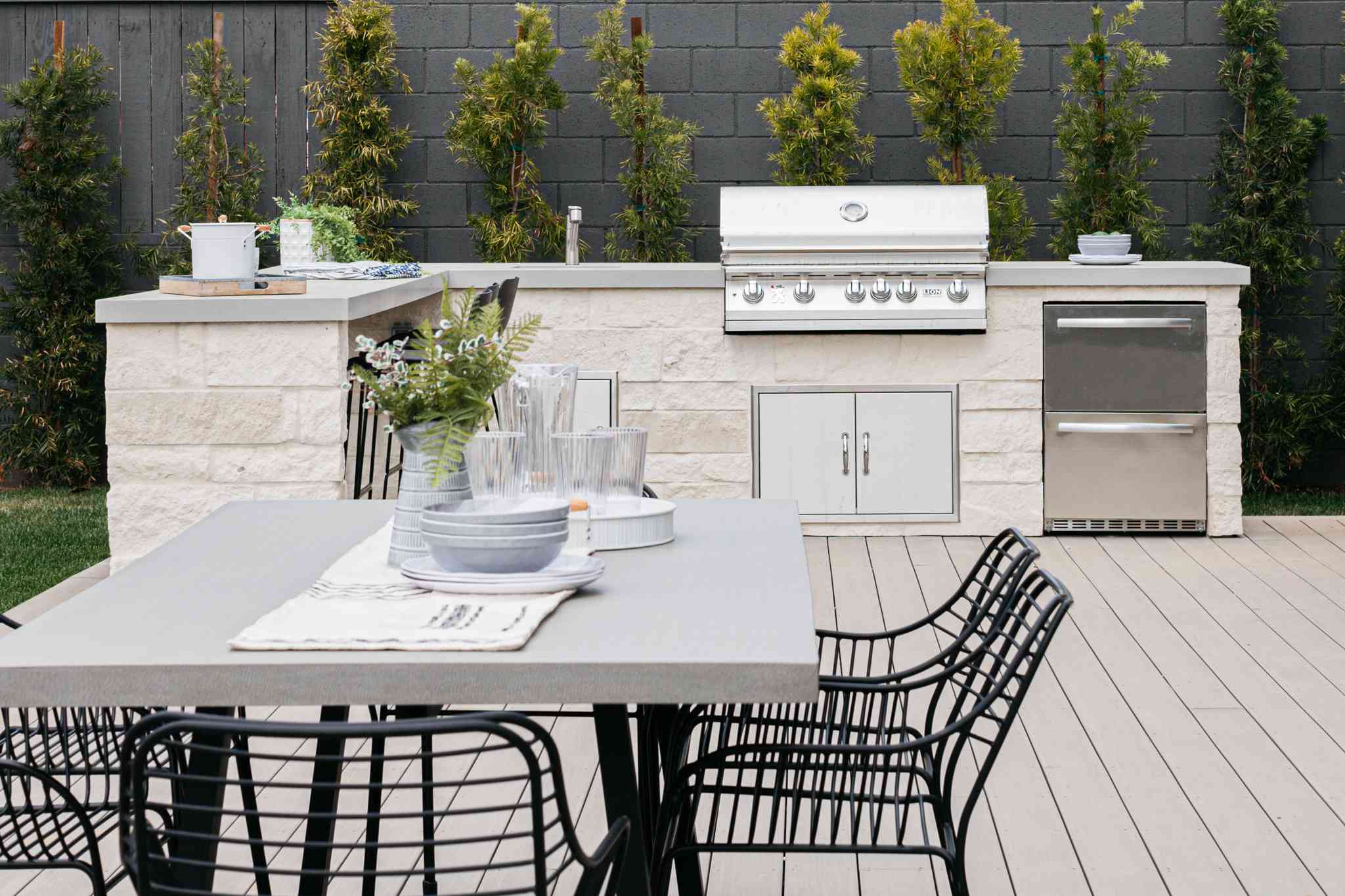

Outdoor Furniture
What To Put In Outdoor Kitchen
Modified: January 19, 2024
Discover the best outdoor furniture and design ideas for your outdoor kitchen. Find inspiration and tips for creating a stylish and functional outdoor living space.
(Many of the links in this article redirect to a specific reviewed product. Your purchase of these products through affiliate links helps to generate commission for Storables.com, at no extra cost. Learn more)
Introduction
An outdoor kitchen is a fantastic addition to any home, offering a perfect blend of functionality and style. Whether you're an avid entertainer or simply enjoy spending time outdoors, creating an outdoor kitchen can elevate your outdoor living space to a whole new level. From casual family dinners to festive gatherings with friends, an outdoor kitchen provides the perfect setting for enjoying delicious meals and creating lasting memories.
When designing an outdoor kitchen, there are several key factors to consider, including the layout, appliances, storage options, countertops, lighting, shelter, dining and seating areas, flooring, and safety considerations. Each of these elements plays a crucial role in creating a functional and inviting outdoor kitchen space.
In this comprehensive guide, we'll explore the essential components to consider when designing and outfitting your outdoor kitchen. Whether you're starting from scratch or looking to upgrade your existing outdoor cooking area, this guide will provide valuable insights to help you create the outdoor kitchen of your dreams. Let's dive in and discover the key ingredients for a successful outdoor kitchen design.
Key Takeaways:
- Elevate your outdoor space with an outdoor kitchen, blending functionality and style for memorable gatherings and delicious meals. Consider layout, appliances, storage, and safety for a well-designed culinary haven.
- Create a welcoming outdoor kitchen by integrating shelter, lighting, and comfortable dining areas. Prioritize safety and design elements to craft a secure and enchanting space for culinary adventures and socializing.
Read more: What To Put In Outdoor Lanterns
Location and Layout
Choosing the right location for your outdoor kitchen is the first crucial step in the design process. Consider the proximity to your indoor kitchen, as well as factors such as prevailing winds, sunlight exposure, and existing structures. Ideally, the outdoor kitchen should be easily accessible from the main house while providing a seamless transition between indoor and outdoor living spaces.
When planning the layout, it’s essential to create distinct zones for food preparation, cooking, and dining. This can be achieved by strategically positioning the grill, countertops, and dining area to optimize functionality and flow. Additionally, incorporating a well-defined work triangle between the grill, sink, and food preparation area will enhance efficiency and convenience during meal preparation.
Furthermore, integrating elements such as a bar or serving area can facilitate social interaction while adding a touch of elegance to the overall design. Embracing the natural landscape and incorporating features such as built-in seating, fire pits, or water features can enhance the ambiance and create a captivating outdoor dining experience.
Ultimately, the layout of your outdoor kitchen should reflect your lifestyle and culinary preferences, providing a harmonious blend of practicality and aesthetics. By carefully considering the location and layout, you can set the stage for a well-designed outdoor kitchen that seamlessly integrates with your outdoor living space.
Appliances
When outfitting your outdoor kitchen, selecting the right appliances is essential for creating a functional and versatile cooking space. The centerpiece of any outdoor kitchen is the grill, which comes in a variety of options, including gas, charcoal, and electric models. Consider factors such as cooking surface area, heat output, and additional features such as side burners or rotisseries to suit your culinary needs.
Complementing the grill, outdoor-rated refrigerators and freezers provide convenient storage for perishable items, beverages, and ice, eliminating the need to constantly shuttle back and forth between the indoor and outdoor kitchens. Additionally, incorporating a outdoor sink with a food preparation area simplifies the cleanup process and enhances the overall efficiency of the outdoor kitchen.
For those who enjoy expanding their culinary repertoire, outdoor pizza ovens, smokers, and side burners offer exciting possibilities for creating a diverse range of dishes in an alfresco setting. These appliances can elevate your outdoor cooking experience, allowing you to explore new flavors and cooking techniques while entertaining family and friends.
Furthermore, outdoor-rated warming drawers and beverage coolers provide additional convenience, ensuring that dishes stay warm and beverages remain chilled until they are ready to be served. When selecting appliances for your outdoor kitchen, it’s essential to choose durable, weather-resistant models specifically designed for outdoor use, ensuring longevity and performance in various weather conditions.
By carefully considering the appliance selection, you can create a well-equipped outdoor kitchen that meets your culinary aspirations and enhances the joy of outdoor cooking and dining.
Storage
Effective storage solutions are essential for maintaining a well-organized and functional outdoor kitchen. When designing the storage layout, consider incorporating a combination of cabinets, drawers, and shelves to accommodate a variety of cooking utensils, servingware, and outdoor dining essentials. Opt for weather-resistant materials such as stainless steel or marine-grade polymer to ensure durability and protection against the elements.
Ample storage for grilling tools, utensils, and cleaning supplies near the grill and food preparation area enhances efficiency and convenience during meal preparation and cleanup. Additionally, dedicated storage for outdoor tableware, serving platters, and linens near the dining area simplifies the process of setting the table and serving meals outdoors.
Furthermore, integrating specialized storage solutions such as pull-out trash bins, spice racks, and condiment organizers can streamline the cooking process while maximizing space utilization. Consider incorporating storage options that cater to specific needs, such as built-in wine racks or glassware holders for those who enjoy outdoor entertaining.
When designing storage for your outdoor kitchen, it’s important to strike a balance between functionality and aesthetics, ensuring that the storage solutions complement the overall design while providing practical utility. By optimizing storage space and organization, you can create a well-equipped outdoor kitchen that enhances your culinary pursuits and outdoor dining experiences.
Countertops
Choosing the right countertops for your outdoor kitchen is a critical decision that impacts both functionality and aesthetics. Opt for durable and weather-resistant materials such as granite, stainless steel, concrete, or natural stone, which are capable of withstanding outdoor elements while providing a stylish and practical surface for food preparation and serving.
When selecting countertops, consider factors such as heat resistance, ease of maintenance, and compatibility with outdoor cooking and dining activities. Granite countertops, for example, offer excellent heat resistance and durability, making them an ideal choice for outdoor kitchens. Stainless steel countertops provide a sleek and modern look while offering exceptional durability and resistance to corrosion.
Concrete countertops present a versatile option, allowing for custom designs, integral sinks, and a variety of finishes to suit your outdoor kitchen’s aesthetic. Natural stone countertops, such as slate or soapstone, impart a timeless and elegant appeal to outdoor kitchen spaces, adding a touch of sophistication to the overall design.
Additionally, incorporating ample counter space for food preparation, plating, and serving is essential for optimizing the functionality of the outdoor kitchen. By strategically positioning countertops near the grill, sink, and dining area, you can create a seamless workflow that enhances the cooking and dining experience.
Furthermore, integrating outdoor-friendly countertop materials that are easy to clean and maintain simplifies the upkeep of the outdoor kitchen, allowing you to focus on enjoying your outdoor culinary pursuits without the added stress of extensive maintenance requirements.
Ultimately, selecting the right countertops for your outdoor kitchen involves a balance of practical considerations and aesthetic preferences, ensuring that the chosen materials enhance both the functionality and visual appeal of the outdoor cooking and dining space.
Read more: What To Put In An Outdoor Cat House
Lighting
Effective lighting is a crucial element in creating a functional, inviting, and safe outdoor kitchen environment. When designing the lighting scheme, consider a combination of task lighting, ambient lighting, and accent lighting to accommodate various activities and enhance the overall ambiance.
Task lighting, such as under-counter lights and overhead fixtures positioned above the grill and food preparation areas, provides focused illumination for cooking and food preparation, ensuring clear visibility and safety during evening gatherings and late-night culinary endeavors.
Ambient lighting, including strategically placed wall sconces, pendant lights, and recessed fixtures, contributes to a warm and inviting atmosphere, creating an enchanting setting for outdoor dining and socializing. Additionally, incorporating dimmable lighting options allows for flexibility in adjusting the light levels to suit different occasions and moods.
Accent lighting, such as landscape lighting, can highlight architectural features, landscaping elements, and focal points within the outdoor kitchen area, adding depth and visual interest to the overall design. Consider incorporating LED strip lights, pathway lights, and decorative lanterns to enhance the aesthetic appeal and safety of the outdoor kitchen space.
Furthermore, integrating smart lighting solutions, such as programmable LED fixtures and wireless control systems, offers convenience and customization, allowing you to create the perfect lighting ambiance with ease. Embracing energy-efficient lighting technologies not only reduces energy consumption but also contributes to a sustainable outdoor living environment.
By carefully planning and implementing a well-designed lighting scheme, you can transform your outdoor kitchen into a captivating and functional space that accommodates various activities, from culinary pursuits to casual gatherings, while ensuring safety and visual allure.
When designing an outdoor kitchen, consider including a grill, countertop space, storage for utensils and ingredients, and a sink for easy cleanup. This will ensure that your outdoor kitchen is functional and convenient for cooking and entertaining.
Shelter and Shade
Creating adequate shelter and shade within your outdoor kitchen space is essential for ensuring comfort and protection from the elements, allowing you to enjoy outdoor culinary experiences throughout the seasons. Depending on your climate and personal preferences, there are various options to consider when integrating shelter and shade solutions into your outdoor kitchen design.
One popular approach is to incorporate a pergola or pavilion structure, which provides an open-air feel while offering partial shade and protection from direct sunlight. These structures can be customized to complement the overall design aesthetic of your outdoor kitchen, serving as a focal point and creating a defined outdoor living space.
For those seeking a more versatile option, retractable awnings or shade sails offer adjustable coverage, allowing you to adapt to changing weather conditions and control the amount of sunlight and shade in the outdoor kitchen area. These flexible solutions provide the convenience of open-air dining or shade as needed, enhancing the functionality and comfort of the space.
Additionally, integrating outdoor umbrellas, canopy systems, or roll-down shades can provide targeted shade for specific areas within the outdoor kitchen, such as dining and seating areas, ensuring that guests can enjoy meals and socializing without being exposed to harsh sunlight or light rain.
Furthermore, incorporating natural elements such as strategically positioned trees, shrubs, and trellises can contribute to the creation of a shaded and sheltered outdoor kitchen environment, blending the beauty of nature with the practicality of sun protection.
By thoughtfully integrating shelter and shade solutions, you can maximize the comfort and usability of your outdoor kitchen, allowing for year-round enjoyment and creating a welcoming and protected space for culinary adventures and outdoor entertaining.
Dining and Seating Area
The dining and seating area is a pivotal component of the outdoor kitchen, providing a space for gathering, dining, and relaxation. When designing this area, consider the size of your usual gatherings and the desired ambiance, as well as the overall layout of the outdoor space.
Choosing durable and weather-resistant outdoor furniture is essential to ensure longevity and comfort. Options such as dining sets, lounge seating, and outdoor sofas designed with materials like teak, aluminum, or all-weather wicker offer both style and resilience against the elements. Incorporating comfortable cushions and pillows adds a touch of coziness and personality to the seating area.
Creating a focal point, such as a fire pit or an outdoor fireplace, can enhance the ambiance and provide warmth during cooler evenings, extending the usability of the outdoor kitchen throughout the year. Additionally, integrating versatile furniture pieces such as ottomans or poufs allows for flexible seating arrangements, accommodating varying group sizes and preferences.
Furthermore, incorporating a dedicated dining area with a suitable table and chairs promotes a sense of togetherness and encourages communal dining experiences. Consider the shape and size of the dining table to ensure it accommodates the anticipated number of guests while allowing for comfortable movement and serving space.
Integrating shade solutions such as umbrellas or pergolas above the dining and seating area enhances comfort, providing protection from direct sunlight and light rain while creating a visually appealing and inviting space for outdoor dining and socializing.
By thoughtfully curating the dining and seating area, you can create a welcoming and versatile space within your outdoor kitchen, fostering memorable gatherings, leisurely meals, and meaningful connections in a beautiful alfresco setting.
Flooring
The choice of flooring for your outdoor kitchen plays a significant role in both the aesthetics and functionality of the space. Selecting durable, slip-resistant materials that can withstand outdoor elements is essential for creating a safe and visually appealing environment.
One popular option for outdoor kitchen flooring is natural stone, such as travertine, slate, or limestone, which offers timeless elegance and durability. These materials are naturally resistant to moisture and provide a textured surface that enhances traction, making them suitable for outdoor culinary spaces.
Another versatile choice is porcelain or ceramic tile, available in a wide range of colors, patterns, and textures. These tiles are durable, easy to clean, and can mimic the look of natural stone, providing a customizable and low-maintenance flooring option for outdoor kitchens.
For a more rustic or organic aesthetic, consider using stamped concrete or pavers, which offer a blend of durability and visual appeal. Stamped concrete can be customized to resemble various textures, while pavers provide a classic and versatile flooring option that complements outdoor living spaces.
Wood or composite decking is another popular choice for outdoor kitchen flooring, offering a warm and inviting look. When using wood, it’s essential to select weather-resistant species such as teak or cedar, or opt for composite decking that provides the beauty of wood with enhanced durability and minimal maintenance requirements.
When designing the flooring layout, consider incorporating designated pathways and functional zones to ensure efficient traffic flow and delineate different areas within the outdoor kitchen. Additionally, integrating outdoor rugs or mats in high-traffic areas can add comfort, define spaces, and provide a decorative touch to the overall design.
By carefully selecting and installing the right flooring materials, you can create a cohesive and inviting outdoor kitchen space that harmonizes with the surrounding landscape while offering durability, safety, and visual appeal.
Safety Considerations
Ensuring safety within your outdoor kitchen is paramount to creating a secure and enjoyable environment for cooking, dining, and entertaining. By implementing key safety measures and guidelines, you can mitigate potential risks and promote peace of mind for yourself, your family, and your guests.
One essential safety consideration is the proper installation and maintenance of gas, electrical, and plumbing components within the outdoor kitchen. It’s crucial to enlist the expertise of qualified professionals to handle the installation of gas lines, electrical outlets, and plumbing fixtures, ensuring compliance with local building codes and safety standards.
Additionally, incorporating adequate ventilation for outdoor cooking areas, especially when using gas grills or outdoor cooking appliances, is essential for dispersing smoke, grease, and combustion byproducts, reducing the risk of fire hazards and promoting air quality within the outdoor kitchen space.
When designing the layout, ensure that there is ample clearance around cooking appliances and open flames to prevent accidental contact with flammable materials, clothing, or furnishings. Implementing non-combustible materials for surfaces near the grill and other heat sources can minimize fire risks and enhance safety in the outdoor kitchen.
Integrating proper lighting, including task lighting for cooking and ambient lighting for overall visibility, contributes to a safe and well-lit outdoor kitchen environment, reducing the likelihood of accidents and enhancing the comfort and usability of the space, especially during evening gatherings and meal preparations.
Furthermore, incorporating slip-resistant flooring materials and maintaining clear pathways and designated walkways within the outdoor kitchen area minimizes the risk of slips, trips, and falls, ensuring safe and unobstructed movement for both hosts and guests.
By prioritizing safety considerations and adhering to best practices in outdoor kitchen design, you can create a secure and welcoming outdoor cooking and dining space, fostering enjoyable experiences while safeguarding against potential hazards.
Conclusion
Designing and outfitting an outdoor kitchen presents an exciting opportunity to expand your living space, elevate your culinary experiences, and create a welcoming environment for entertaining and relaxation. By carefully considering the essential components and design elements, you can craft a functional, stylish, and safe outdoor kitchen that reflects your lifestyle and enhances your outdoor living experience.
From the strategic location and layout to the selection of durable appliances, storage solutions, countertops, and lighting, each aspect contributes to the overall functionality and appeal of the outdoor kitchen. Introducing shelter and shade options, creating inviting dining and seating areas, and choosing suitable flooring materials further enrich the outdoor kitchen environment, fostering comfort and visual allure.
Moreover, prioritizing safety considerations and adhering to best practices ensures that the outdoor kitchen is a secure and reliable space for culinary pursuits and social gatherings. By integrating these key elements, you can create a harmonious and inviting outdoor kitchen that seamlessly integrates with your outdoor living space, allowing you to savor memorable moments and culinary delights in the open air.
Whether you envision casual family meals, festive gatherings with friends, or tranquil moments of relaxation, your outdoor kitchen can become a cherished extension of your home, providing a versatile and enchanting setting for creating lasting memories and fostering meaningful connections.
Embrace the creative possibilities, tailor the design to your preferences, and revel in the transformation of your outdoor space into a captivating and functional culinary haven. With thoughtful planning and attention to detail, your outdoor kitchen has the potential to become the heart of your outdoor living experience, offering a delightful fusion of nature, culinary delights, and cherished moments shared with loved ones.
Frequently Asked Questions about What To Put In Outdoor Kitchen
Was this page helpful?
At Storables.com, we guarantee accurate and reliable information. Our content, validated by Expert Board Contributors, is crafted following stringent Editorial Policies. We're committed to providing you with well-researched, expert-backed insights for all your informational needs.
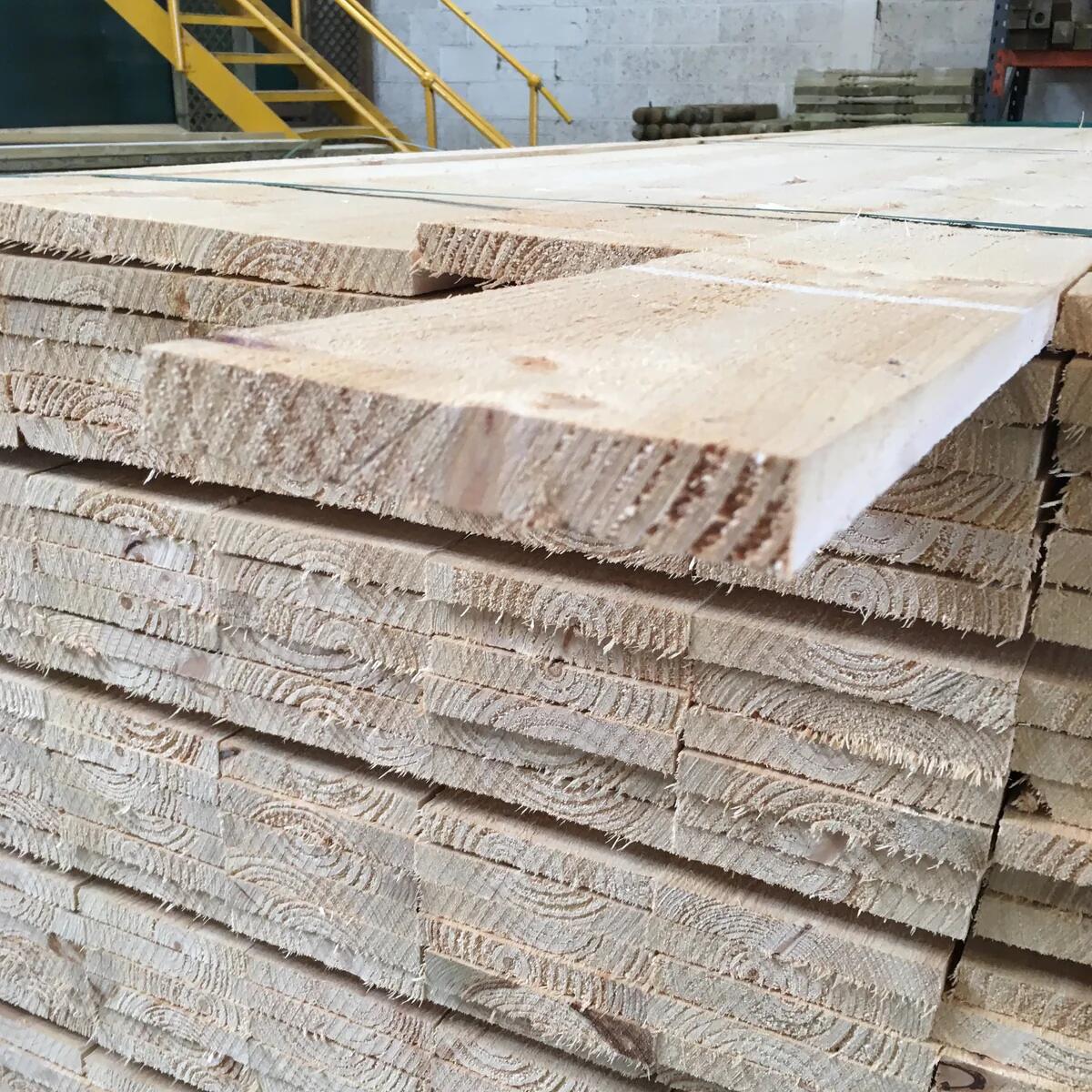
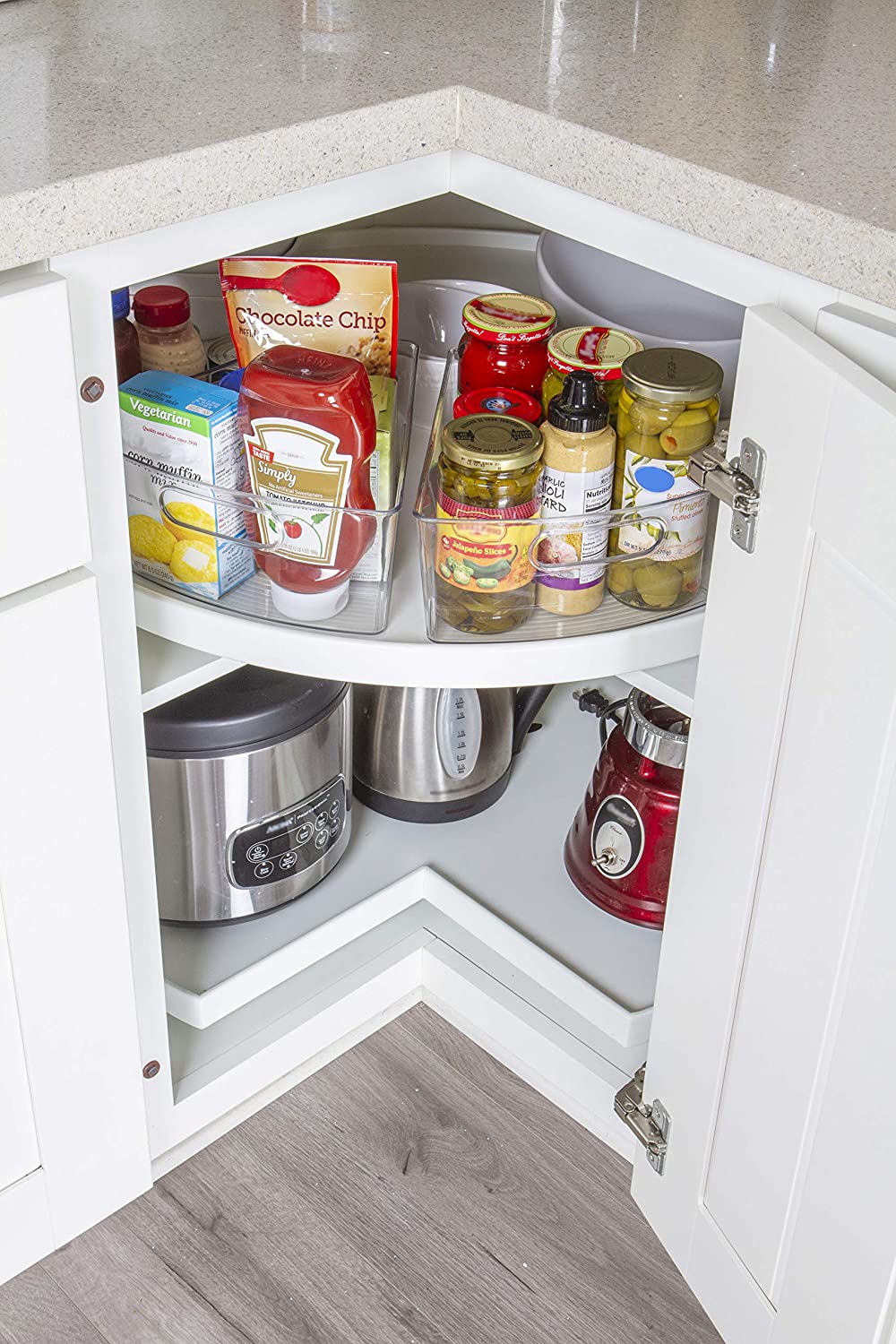
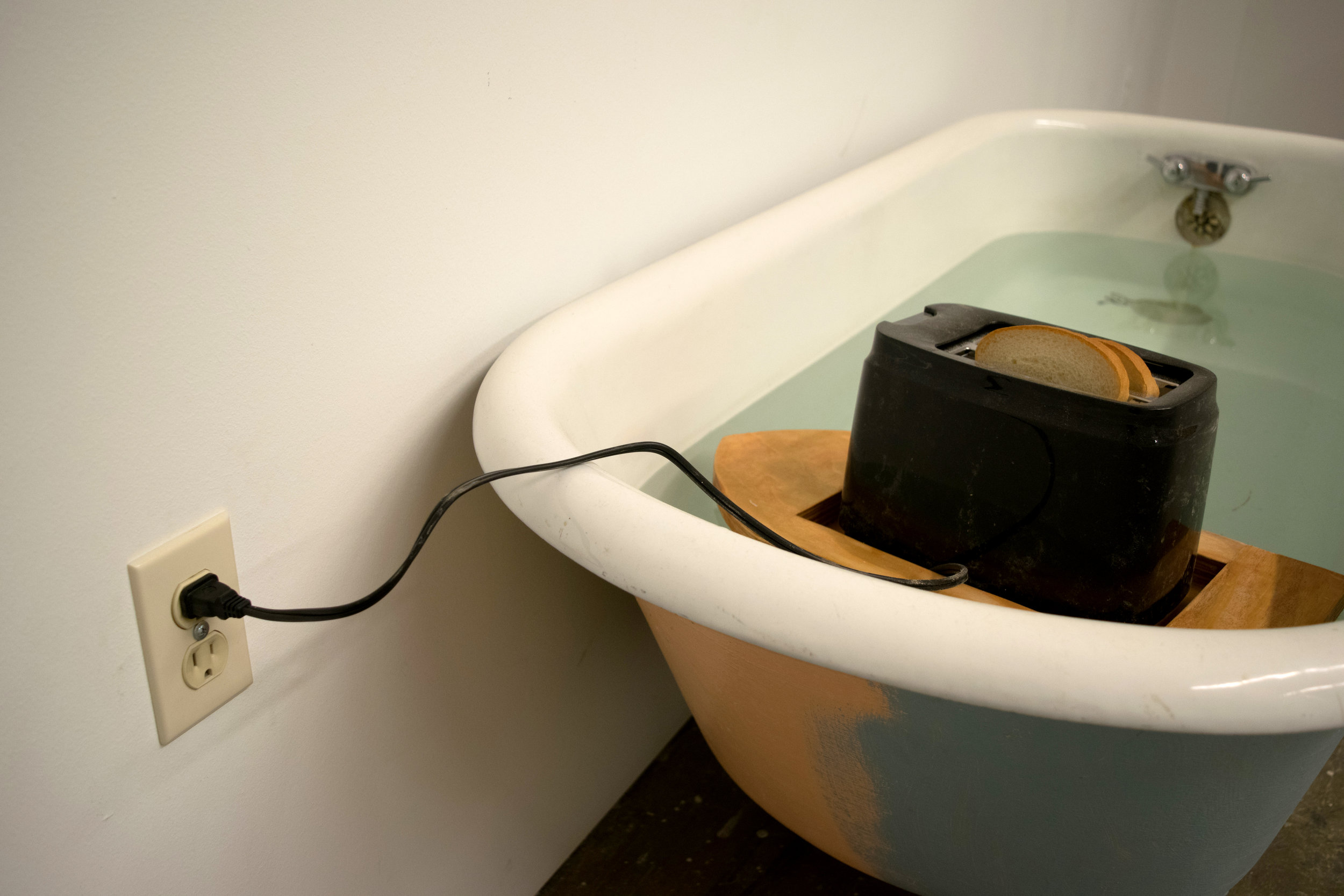
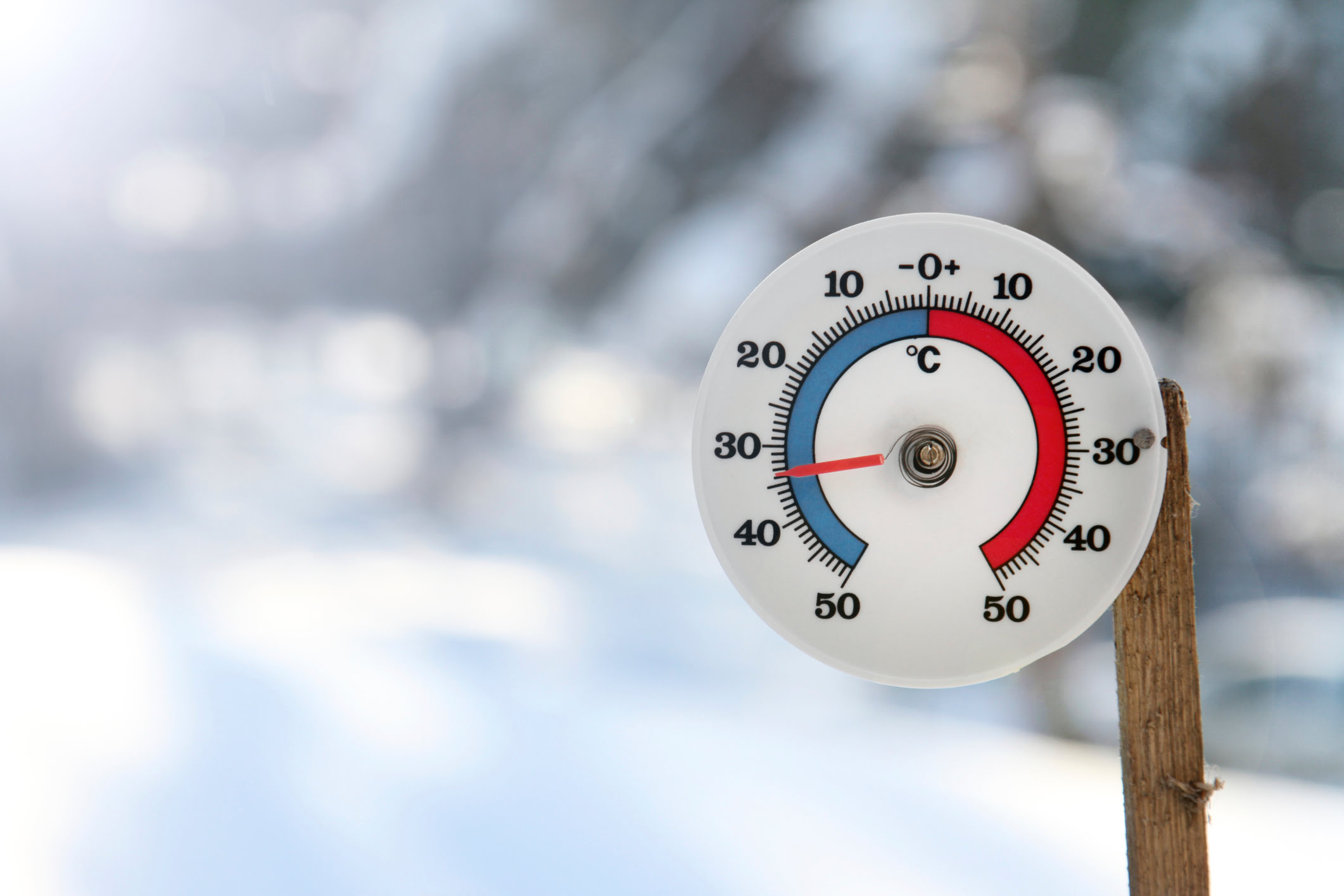
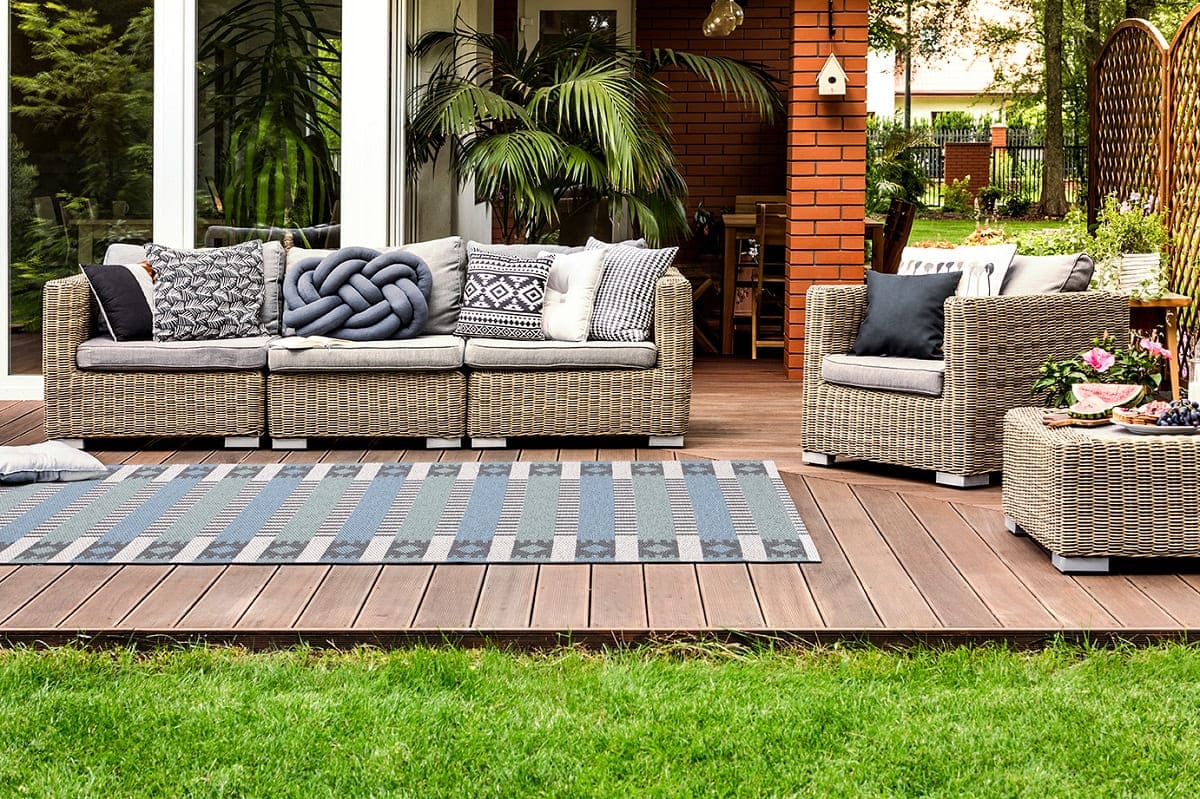
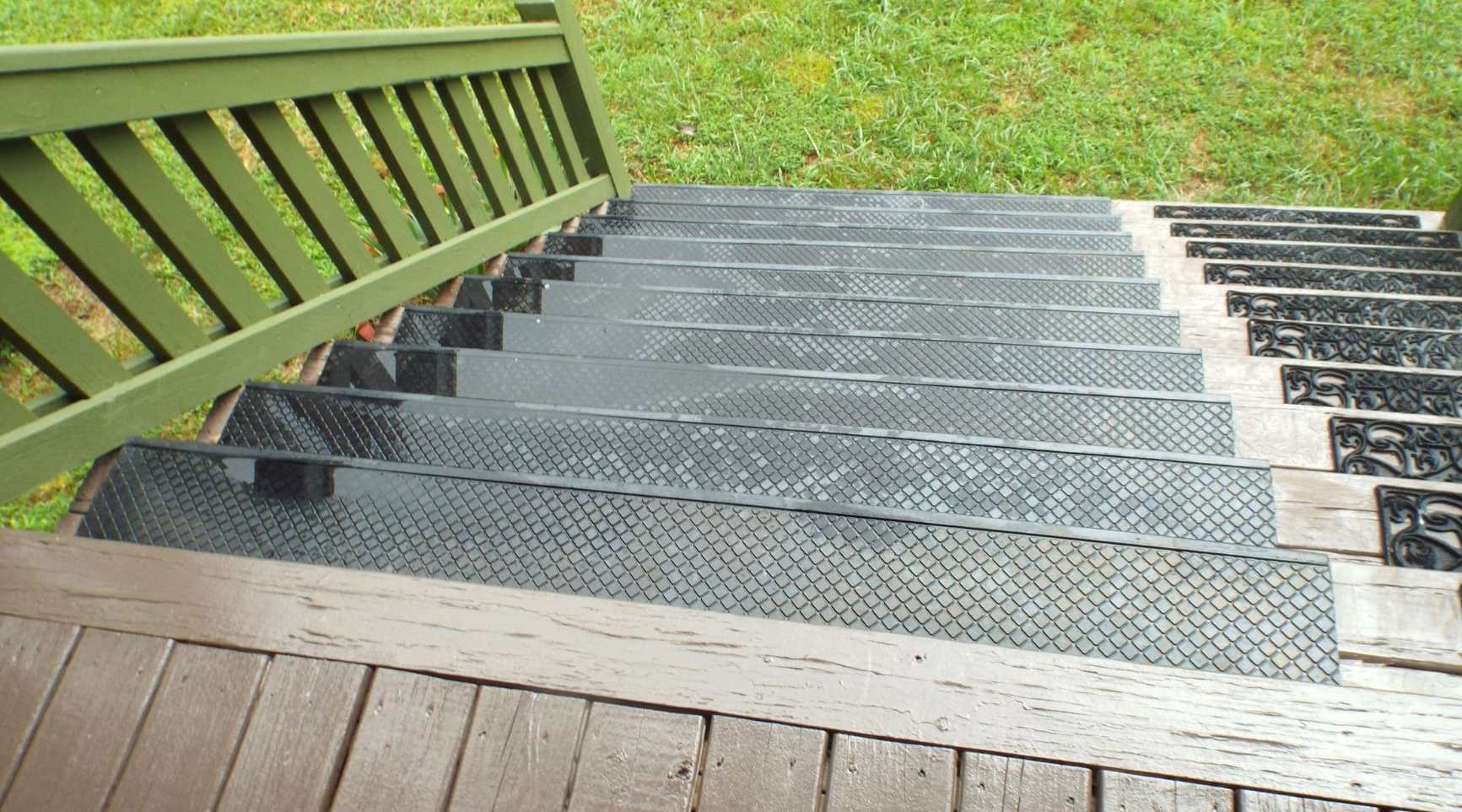
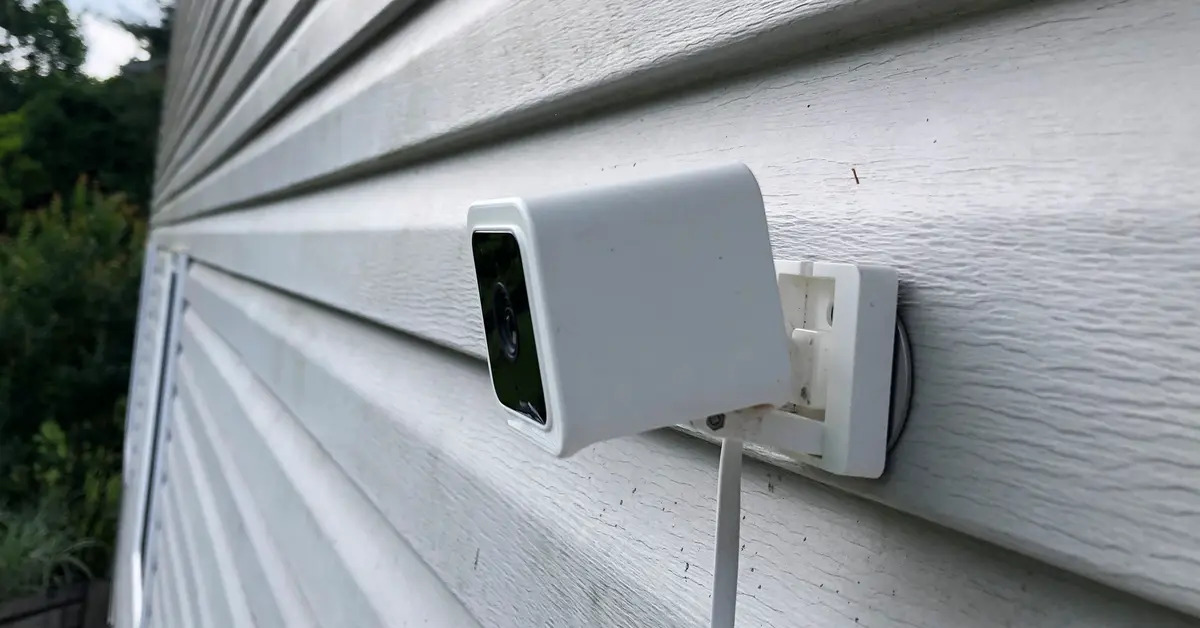
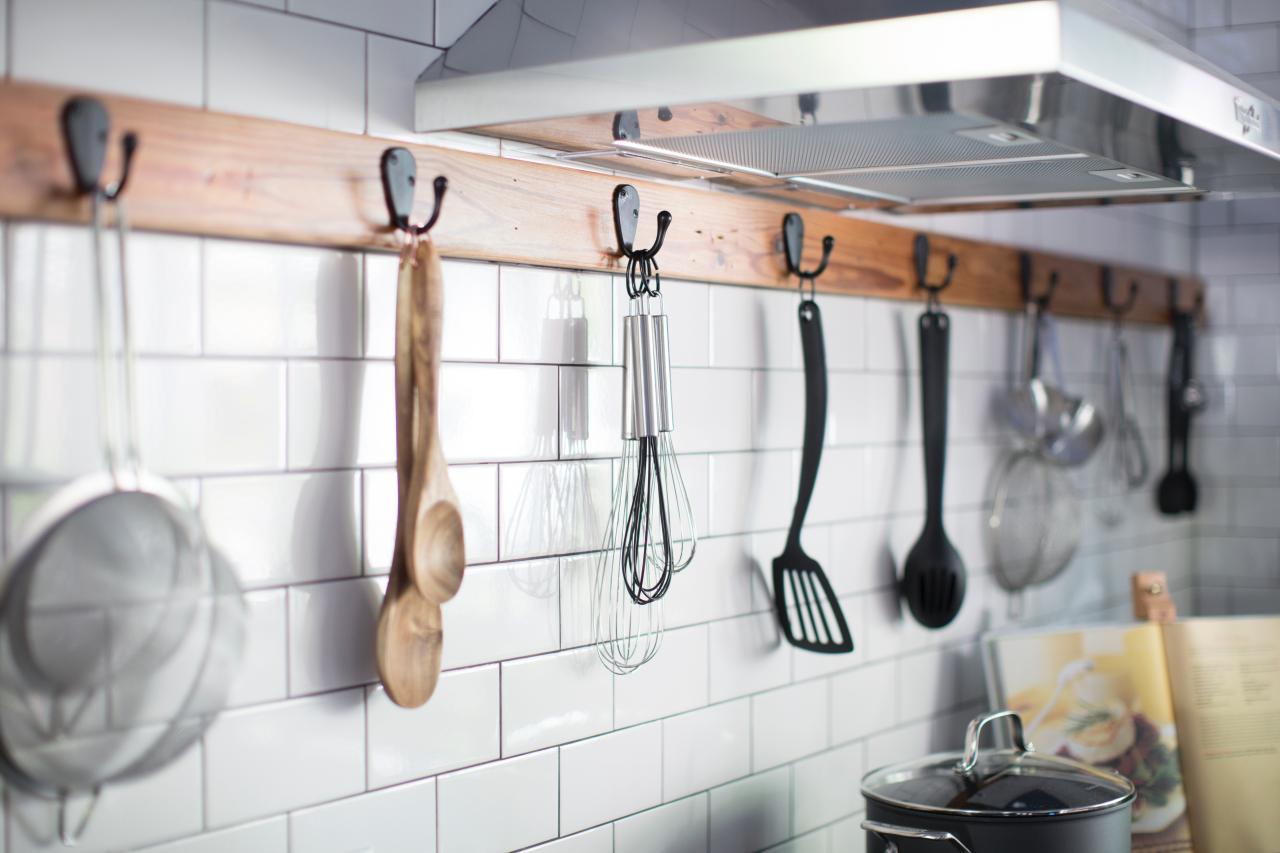
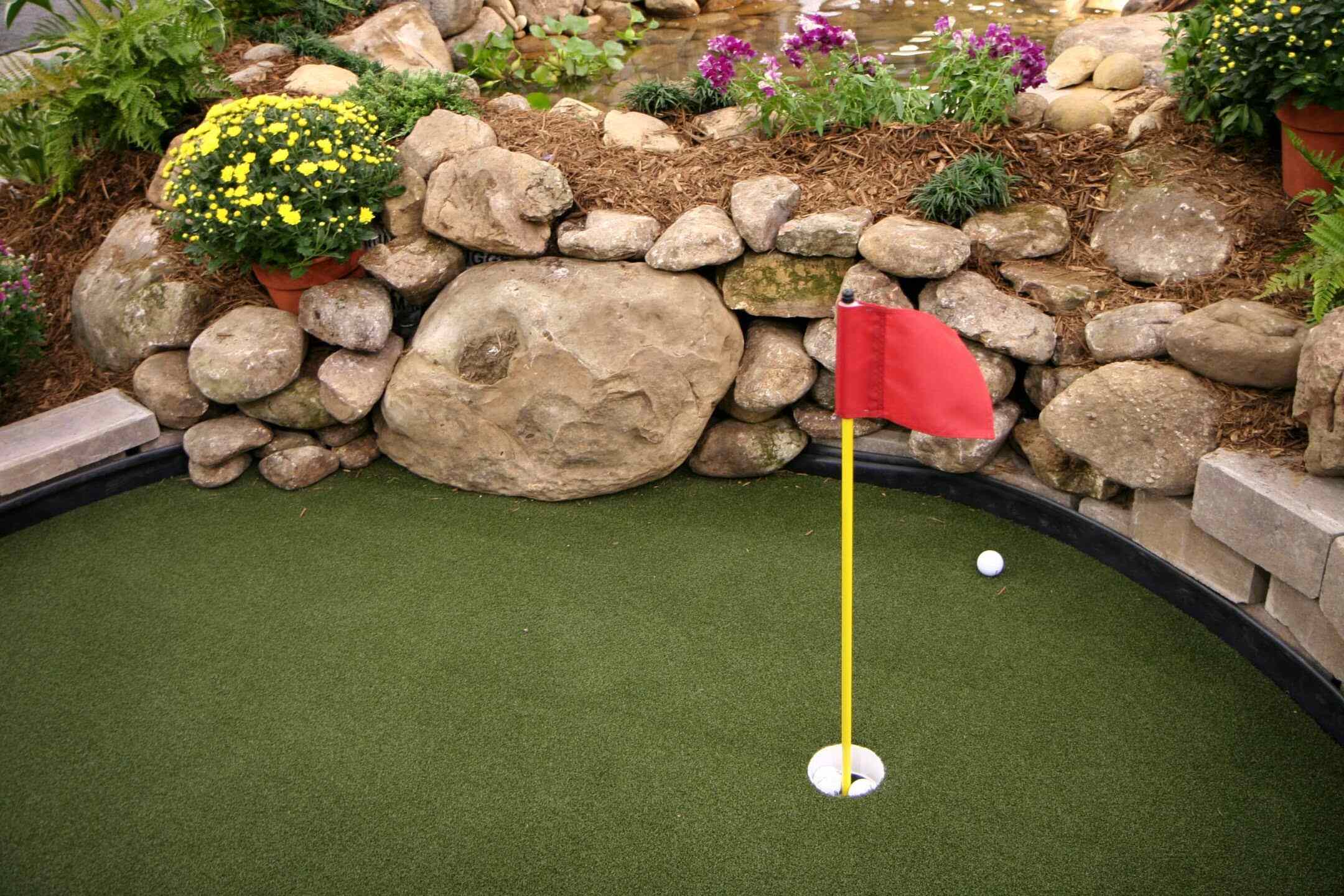

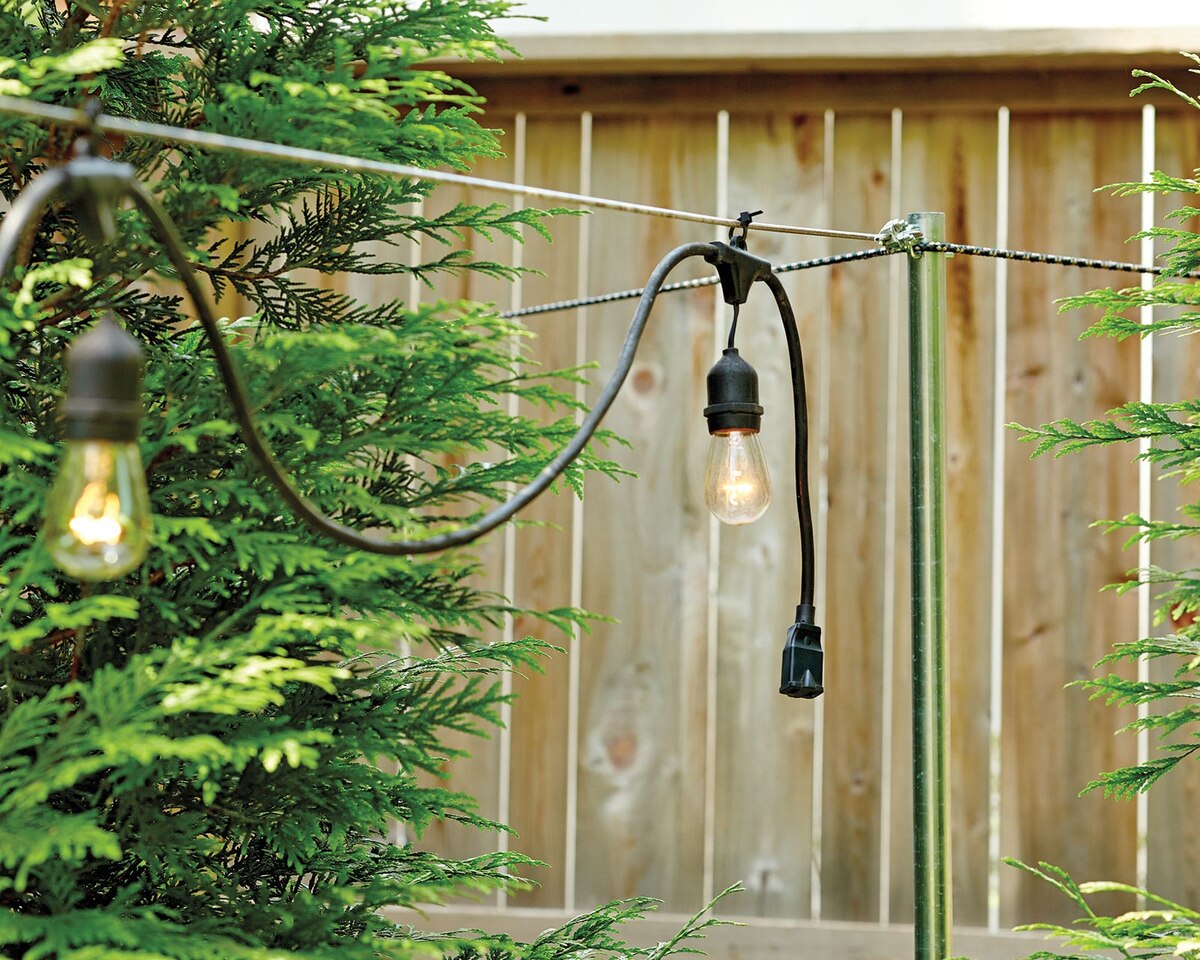
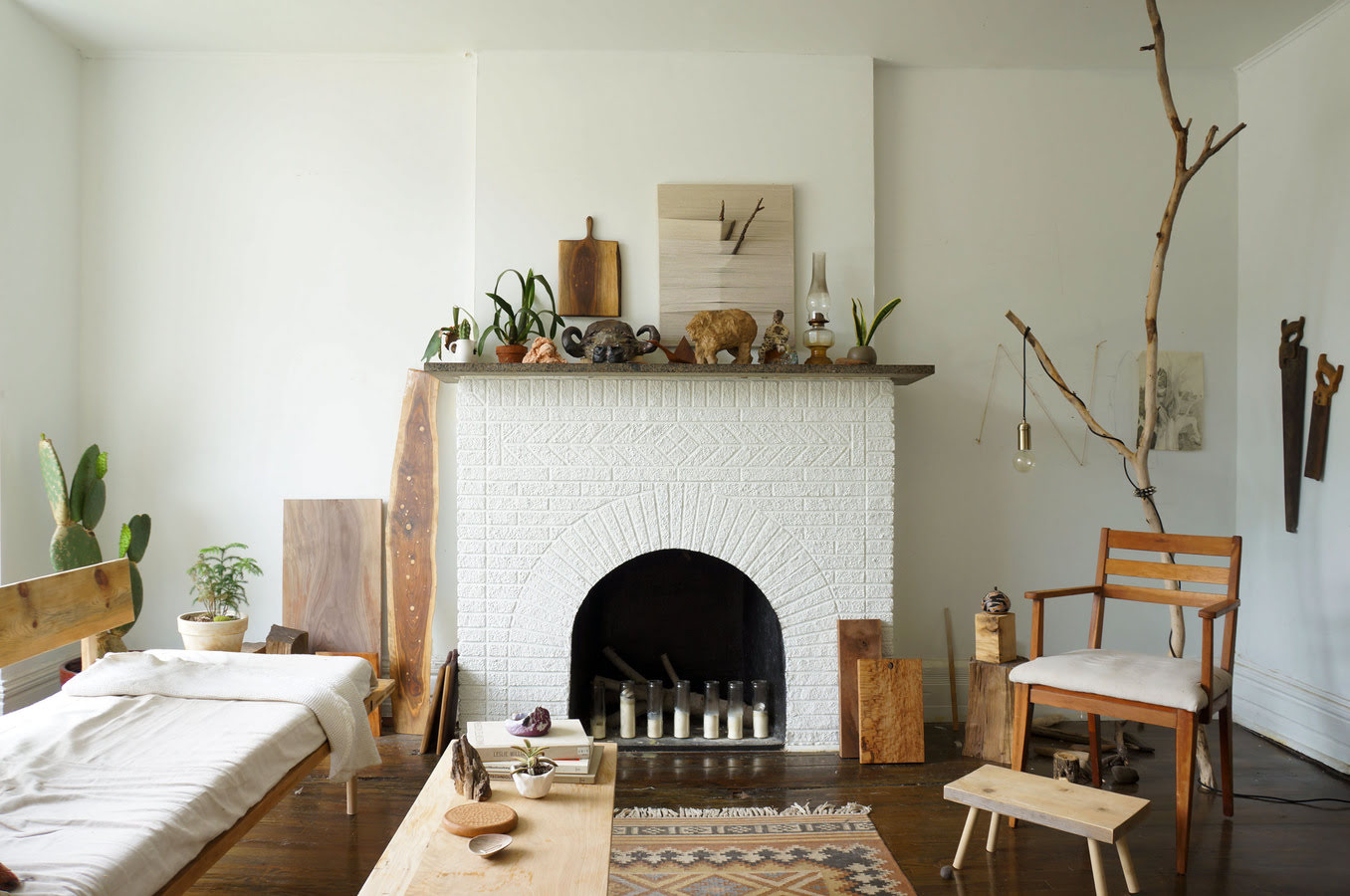

0 thoughts on “What To Put In Outdoor Kitchen”